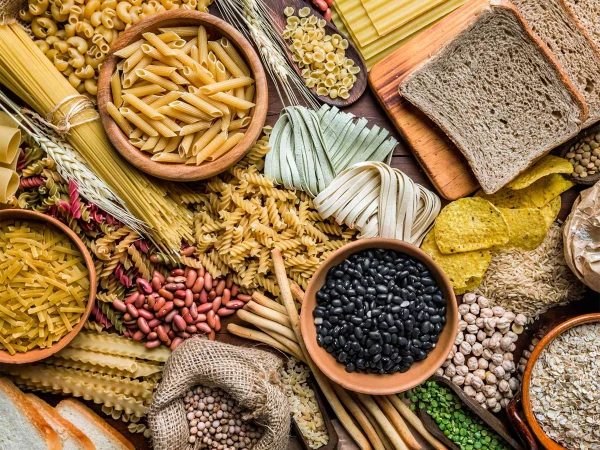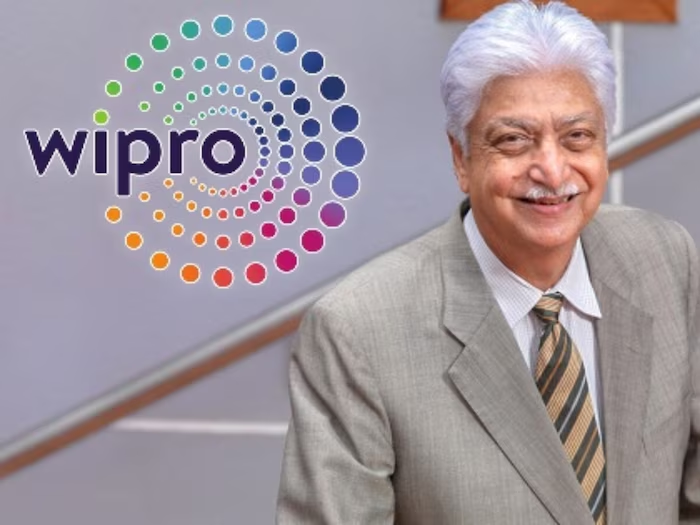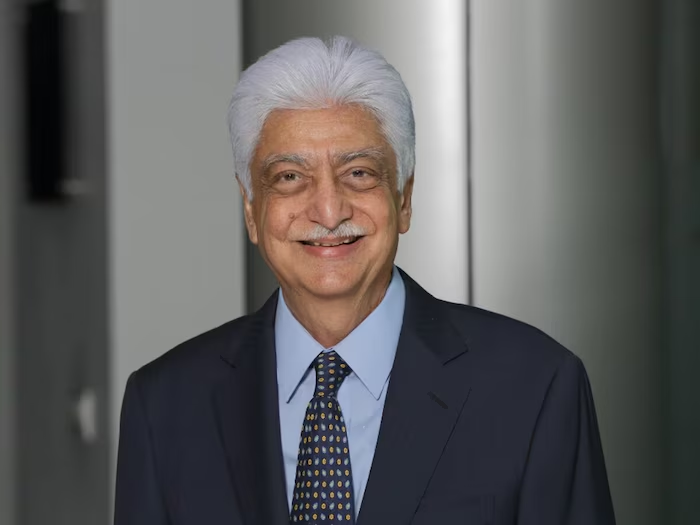امیتابھ بچن نے بہترین اداکار کے زمرے میں سب سے زیادہ نیشنل فلم ایوارڈز جیتے ہیں۔
امیتابھ بچن نے بہترین اداکار کے زمرے میں سب سے زیادہ نیشنل فلم ایوارڈز جیتے ہیں۔ 








Lost your password? Please enter your email address. You will receive a link and will create a new password via email.
Sorry, you do not have permission to ask a question, You must login to ask a question.
Please briefly explain why you feel this question should be reported.
Please briefly explain why you feel this answer should be reported.
Please briefly explain why you feel this user should be reported.
"Embark on a journey where knowledge meets curiosity! Nuq4.com is a hub for passionate individuals to share their wisdom, fostering a vibrant community of diverse perspectives. Join us in the exchange of insights, where every voice has the power to enlighten and empower."
امیتابھ بچن نے بہترین اداکار کے زمرے میں سب سے زیادہ نیشنل فلم ایوارڈز جیتے ہیں۔
امیتابھ بچن نے بہترین اداکار کے زمرے میں سب سے زیادہ نیشنل فلم ایوارڈز جیتے ہیں۔ 




درفشاں سلیم نے بلال عباس سے نکاح کی خبروں پر پہلی بار خاموشی توڑ دی
درفشاں سلیم نے بلال عباس سے نکاح کی خبروں پر پہلی بار خاموشی توڑ دی 
غذا میں کاربوہائیڈریٹس کی کٹوتی الزائمرز کے مرض کے امکانات میں کمی کا سبب بن سکتی ہے، تحقیق
غذا میں کاربوہائیڈریٹس کی کٹوتی الزائمرز کے مرض کے امکانات میں کمی کا سبب بن سکتی ہے، تحقیق 
تائی چی ایک قدیم چینی ورزش ہے جو تقریباً 3 ہزار سال پرانی مانی جاتی ہے۔ یہ ورزش بظاہر نرم و سست حرکات پر مشتمل ہوتی ہے، لیکن اس کے فوائد نہایت طاقتور ہوتے ہیں
تائی چی ایک قدیم چینی ورزش ہے جو تقریباً 3 ہزار سال پرانی مانی جاتی ہے۔ یہ ورزش بظاہر نرم و سست حرکات پر مشتمل ہوتی ہے، لیکن اس کے فوائد نہایت طاقتور ہوتے ہیں 
پلاسٹک کا بڑھتا ہوا ایکسپوژر
پلاسٹک کا بڑھتا ہوا ایکسپوژر 
حالیہ تحقیق سے یہ بات سامنے آئی ہے کہ بلڈ پریشر کی دوا رات کو سونے سے پہلے لینا مریضوں کے لیے زیادہ مؤثر ثابت ہو سکتی ہے۔
حالیہ تحقیق سے یہ بات سامنے آئی ہے کہ بلڈ پریشر کی دوا رات کو سونے سے پہلے لینا مریضوں کے لیے زیادہ مؤثر ثابت ہو سکتی ہے۔ 
نوجوانوں میں آنتوں کا کینسر جو پہلے زیادہ تر 50 سے زائد عمر کے افراد میں پایا جاتا تھا، اب 20 سے 40 سال کی عمر کے افراد میں بھی تیزی سے بڑھ رہا ہے۔
نوجوانوں میں آنتوں کا کینسر جو پہلے زیادہ تر 50 سے زائد عمر کے افراد میں پایا جاتا تھا، اب 20 سے 40 سال کی عمر کے افراد میں بھی تیزی سے بڑھ رہا ہے۔ 
وہ معمر افراد جو صحت بخش غذا کا باقاعدگی سے استعمال کرتے ہیں، اُن میں بلڈ پریشر، ذیابیطس، امراضِ قلب اور جوڑوں کے درد جیسی دائمی بیماریوں کا آغاز دیر سے ہوتا ہے
وہ معمر افراد جو صحت بخش غذا کا باقاعدگی سے استعمال کرتے ہیں، اُن میں بلڈ پریشر، ذیابیطس، امراضِ قلب اور جوڑوں کے درد جیسی دائمی بیماریوں کا آغاز دیر سے ہوتا ہے 
ت بمعروف پاکستانی گلوکار علی سیٹھی ایک بار پھر اپنے لباس اور ’عجیب‘ فیشن کی وجہ سے خبروں کی زینن گئے ہیں۔
ت بمعروف پاکستانی گلوکار علی سیٹھی ایک بار پھر اپنے لباس اور ’عجیب‘ فیشن کی وجہ سے خبروں کی زینن گئے ہیں۔ 
India’s richest Muslim family:وپرو کے بانی عظیم پریم جی بھارت کے امیر ترین مسلمان ہیں۔ ان کی مجموعی دولت 11.6 بلین ڈالر ہے۔
India’s richest Muslim family:وپرو کے بانی عظیم پریم جی بھارت کے امیر ترین مسلمان ہیں۔ ان کی مجموعی دولت 11.6 بلین ڈالر ہے۔





See less